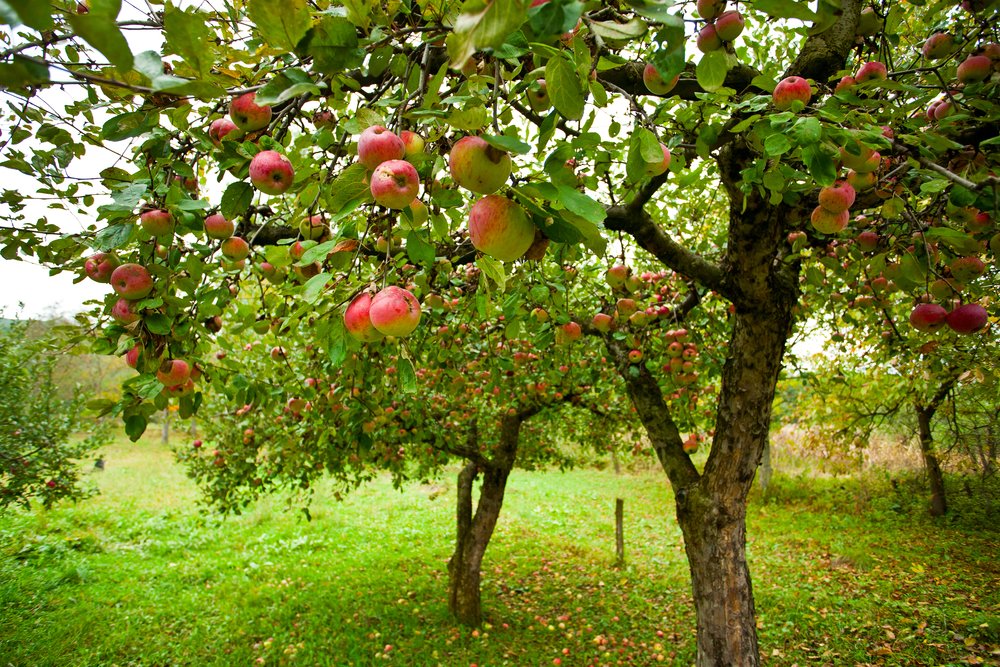Some fruit trees fare better in Utah than others, and choosing native trees and plants is your best move toward a successful garden.
You don’t see banana plants and orange trees in Utah because it gets too cold in the winter here, and tropical bushes and trees simply can’t handle it. However, you can find a number of fruit-bearing trees, shrubs and plants well-suited for Utah’s diverse climate. Some are even native!
Chokecherry trees are native to Utah, and if you haven’t cooked with this berry before, you’re missing out. Popular in Native American cuisine, chokecherries are a deep red or blackish purple, and one of the most popular uses is a sweet jam.
You can use them any way you might use plums or other berries, from liqueurs to pie fillings.
Netleaf hackberry trees are also Utah natives, and like chokecherries are vastly underutilized.
Hackberries often stay on the tree all winter, thanks to their high sugar/low water content. You can eat both the seed and flesh directly off the stems, turn it into a jelly, or mash the berries with nuts, seeds, and other fruits for a quick and delicious no-bake cookie.
Fruit Tree Options
Fruit trees that aren’t native to Utah but fare well here include a variety of apples, apricots and plums. Apples require another nearby apple tree for pollination, so check out your neighborhood for a pollinating contender.
If you don’t have one, you’ll need to plant two complementary apple trees to ensure proper pollination. Choosing two different types of apple trees, perhaps one sweet and one tart, will give you options when they bear fruit (which happens on immature apple trees).
Plum trees come in hundreds of varieties, and it’s best to figure out what kind of size, color and sweetness you want before picking out the trees.
Plum trees are prone to producing a lot of fruit, some of which you’ll have to battle the local wildlife for. Plums can also be a bit messy when they fall, so plant trees away from driveways, and only plant as many as you can keep pace with.
Feeling Peachy
Peach trees can grow well in Utah, but not as naturally as the previously mentioned fruits. You can also branch out and plant nut trees, including Carpathian walnuts and hazelnuts. European hazelnuts are the largest and most popular, but sample as many as you can to figure out your favorite variant.
Nut trees prefer a fellow species for cross-pollination, and planting two (or having another is nearby) will increase production.
All fruit and nut trees need pruning after they’re planted, which an arborist can handle for you. Like all living things, proper care and maintenance will produce healthier trees. For more information on fruit tree care and picking the best tree for you, contact Reliable Tree Care.

